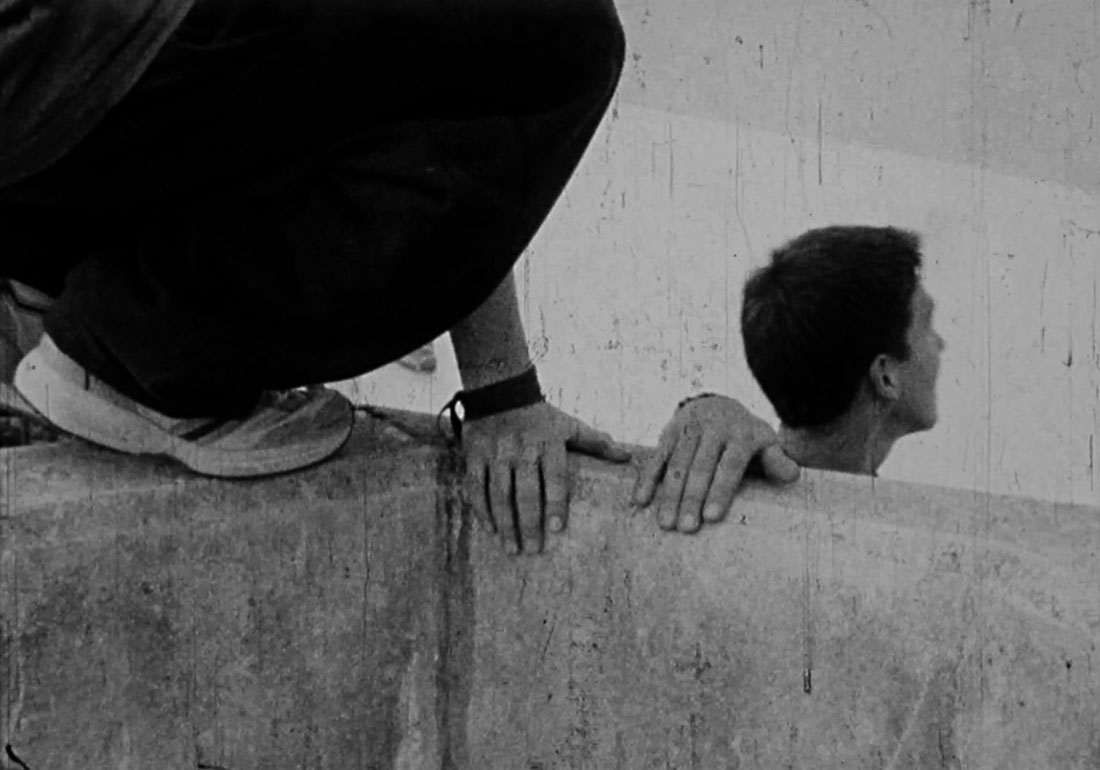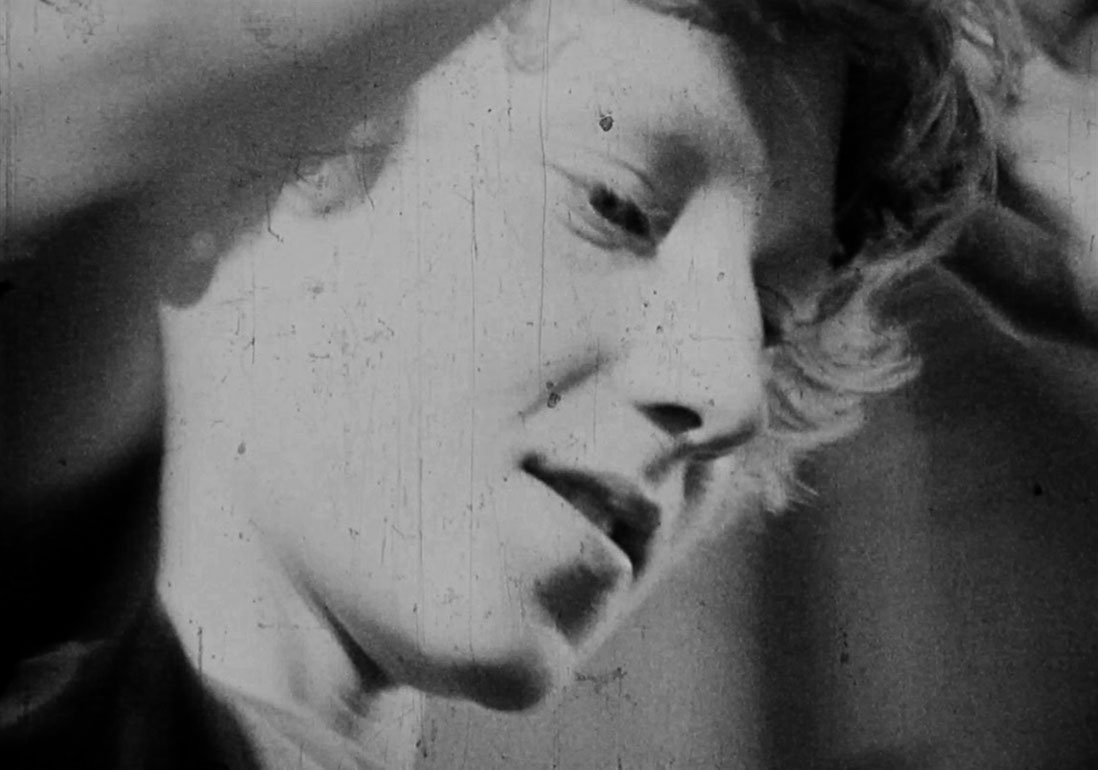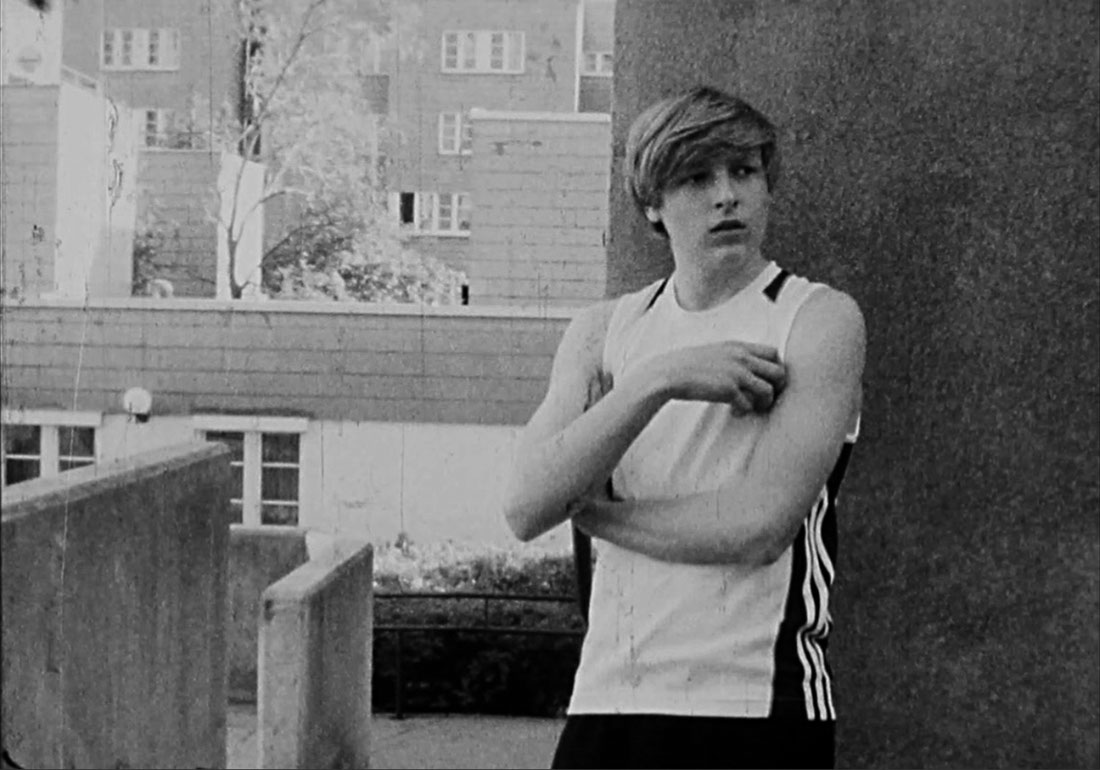Tic Tac
Tic Tac is a zigzagging parkour move in which the runner pushes off from a surface to jump over obstacles or climb tight spaces between buildings. However, not much of the eponymous technique can be seen in young filmmaker Josephine Ahnelt’s work: The movement takes place in the protagonists’ faces. Tic Tac examines in microscopic detail the psychological processes that play out while a group of young parkour traceurs do their thing. The camera focuses on their facial expressions and gestures, their anxiety and nervousness, and also their pleasure and pain.
Ahnelt, a former pupil of Friedl Kubelka, works with a representational process in which the internal field of tension is reflected in the external field of tension and the ledges and concrete slabs that must be surmounted. The former entails the testing of one’s own competitive ability and performance and how they are put to use. The film also reflects in this intermediate space on the representational process’ social aspects: The activity itself, which is meant to be observed, is left out, and instead the gaze is directed at this more or less enthusiastic desire.
The scratches on the grainy Super 8 film stock evoke vague memories of a time filled with friction. The film’s visual grammar combines with reminiscences of a transitional phase for which terms such as “coming of age” are employed to describe dramatic structure in film. The absence of sound underlines the impression of distance. Ahnelt’s black-and-white work is a timeless description of a state of being. In the shooting process, the film, which was edited in the camera, also reflects the fleeting nature and unpredictability of the states it portrays.
(Angelika Unterholzner)
Tic Tac
2011
Austria
3 min



